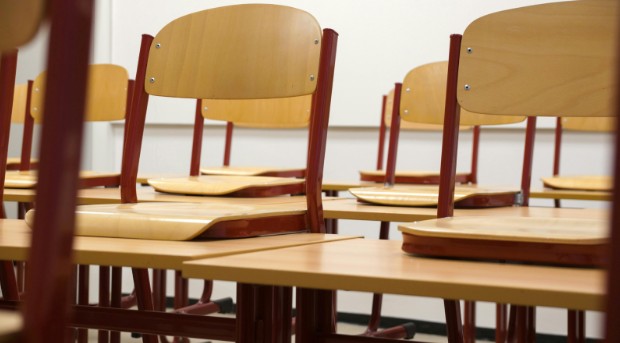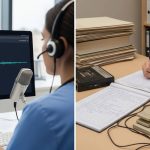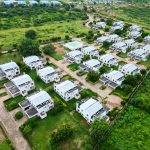When you’re looking to improve your educational establishment, it’s important to consider the needs of your students, of course. However, those have to go beyond the classroom, ensuring that attendees are able to easily access their education to begin with. As such, here, we’re going to look at what steps you can take to improve accessibility throughout the school.
Enhancing Physical Access
Every student, regardless of ability, should be able to move freely throughout the property. To that end, you should look at upgrades such as installing ramps alongside stairs, widening doorways, and adding automatic door openers where possible. Care should be taken to ensure that hallways and entrances remain uncluttered and that foot traffic can easily flow throughout the school. The need for wheelchair and mobility aid accommodation needs to be considered in classrooms, libraries, and cafeterias, as well. Your school should aim to meet not just accessibility standards, but the needs of all of your students.
Making Room For Transportation And Drop-Off
How your students get to school matters a lot, as well. For instance, a lot of students might arrive via school buses, carpools, or public transport. For that reason, providing access to transportation is vital. This can involve working with local authorities to make sure that buses and public routes operate on the right schedule and have provisions for wheelchair accessibility. On the school property, having clearly marked spaces for vehicles, as well as covered waiting areas and tactile paving, can improve not just how vehicles access the property, but the comfort of students waiting for pickup.
Consider Your School’s Cyclists
Motor vehicles might be the predominant mode of transportation, but they’re not the only one. Plenty of students cycle, and you should encourage it to promote a healthier and more sustainable student body. However, this requires safe bicycle infrastructure. Making room for bike storage for schools, such as bike racks and covered storage areas, is vital. Well-lit, marked, and signposted cycling routes around the property are important for the safety of not just the young riders of the school, but the pedestrians they share space with, as well. Accommodating active travel for all can greatly improve student wellbeing and is an important support for those who might not have access to local public transportation.
Ensure Accessibility In Shared Spaces
Making the classroom accessible is important, but this consideration should extend to the more social and recreational parts of the school as well, such as playgrounds, sports facilities, and common areas. This can include, for instance, accessible play equipment, rubberised surfaces, shaded rest zones, and evenly-distributed seating to provide comfort for students of all physical abilities. This inclusive design needs to be backed by a culture of peer education and accessibility awareness for students and staff alike.
Accessibility isn’t just about making the school more accommodating to students living with disabilities, although that is clearly a critical part of it. You should make decisions that improve access for all students, ensuring that education doesn’t have to be any more of a struggle for anyone.

























